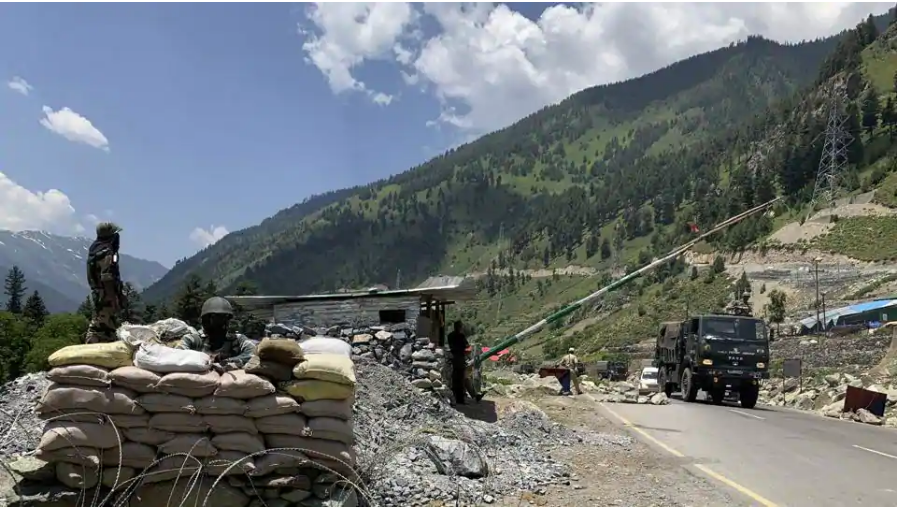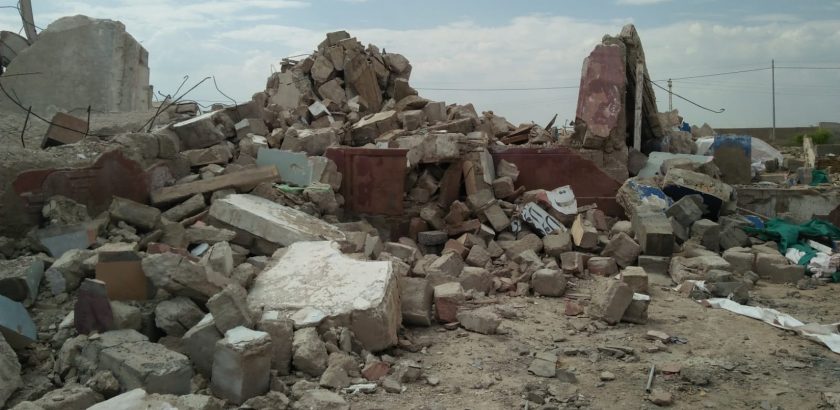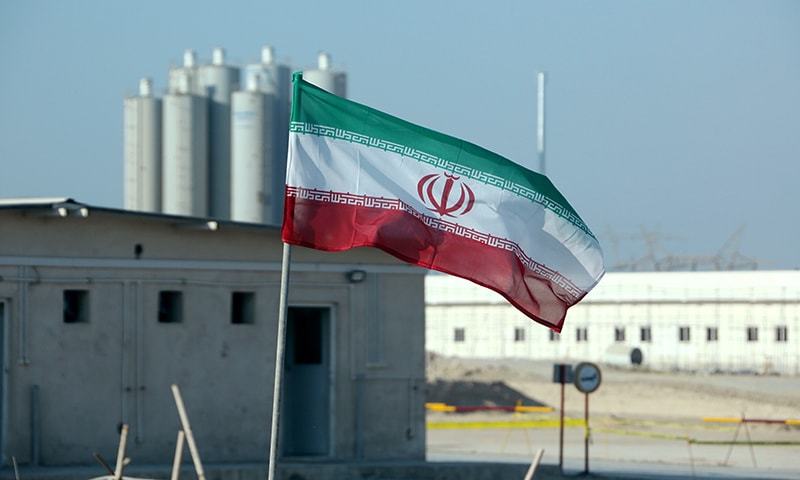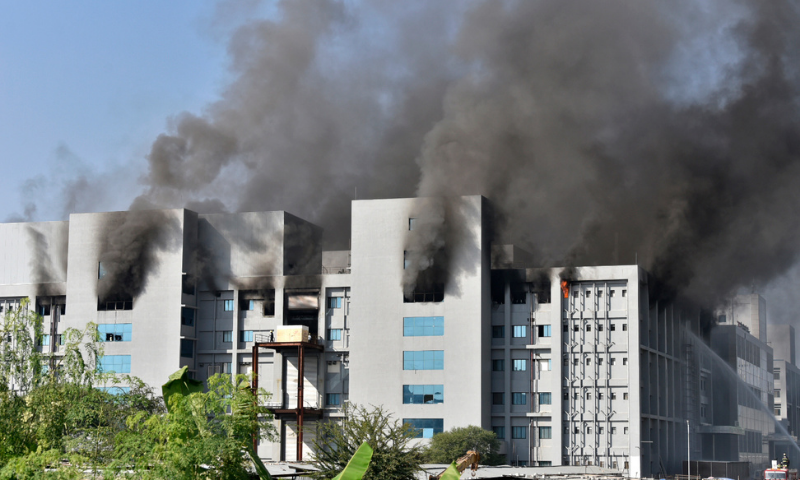![]()
COURTESY BY: https://www.hindustantimes.com/
A significant change in Rules of Engagement (ROE) by the Indian Army following the Galwan Valley skirmish that left 20 Indian soldiers dead gives “complete freedom of action” to commanders deployed along the contested Line of Actual Control (LAC) to “handle situations at the tactical level,” two senior officers said on Saturday on condition of anonymity.
The commanders will no longer be bound by restrictions on the use of firearms and will have full authority to respond to “extraordinary situations” using all resources at their disposal, said one of the officers cited above.
The amendment in ROE comes after Indian and Chinese soldiers engaged in their first deadly conflict in 45 years in Galwan Valley on June 15, resulting in death of 20 Indian army troops and several Chinese casualties.
In his remarks during an all-party meeting on Friday, Prime Minister Narendra Modi said the army had been given the freedom to take necessary steps along the border and India had conveyed its position (to China) through diplomatic means.
“With the changes in the ROE, there’s nothing that limits the ability of Indian commanders to take whatever action they deem necessary on the LAC. ROE have been amended to address the brutal tactics being employed by Chinese troops,” said the second officer cited above.
The seven-hour Galwan Valley clash marked the first time India suffered combat fatalities in an incident involving Chinese troops since 1975. Changes in ROE were imminent after a series of violent clashes along the border, with the army finally deciding not to restrict the scope of response of its soldiers after the June 15 clash, the second officer said.
“Two violent clashes took place in Pangong Tso (May 5-6) and Galwan Valley (around mid-May) before the June 15 skirmish in eastern Ladakh. On all occasions, they came in huge numbers and assaulted our troops with iron roads and nail-studded clubs. Our troops fought back fearlessly but the ROE had to be revisited,” he said.
Forward troops keep their guns slung on their backs with the magazines in pouches and not clipped on.
“Since soldiers are allowed to carry weapons while patrolling the LAC, it is inherent that they can use the firearms in unprecedented situations like the attack in Galwan Valley,” said former Northern Army commander Lieutenant General BS Jaswal (retd).
The government said on Thursday that soldiers involved in the June 15 clash with Chinese troops were carrying weapons and ammunition but did not open fire as they were following border agreements between the two countries — a remark that came in response to a question from Congress leader Rahul Gandhi on whether the Indian soldiers were sent in “unarmed”.
“Let us get the facts straight. All troops on border duty always carry arms, especially when leaving post. Those at Galwan on 15 June did so. Long-standing practice (as per 1996 & 2005 agreements) not to use firearms during faceoffs,” external affairs minister S Jaishankar tweeted, responding to a post by Gandhi earlier this week.
Border agreements from 1996 and 2005 between India and China disallow the use of firearms during face-offs. Article 6 of the agreement on confidence-building measures in the military field along the LAC, signed by India and China in November 1996, states that both sides will not open fire or “conduct blast operations or hunt with guns or explosives within two kilometers from the Line of Actual Control”.
Top retired commanders and China watchers, however, said that Galwan clash and last month’s Pangong Tso brawl were not classical face-offs between rival troops but were extremely violent attacks on Indian soldiers.




